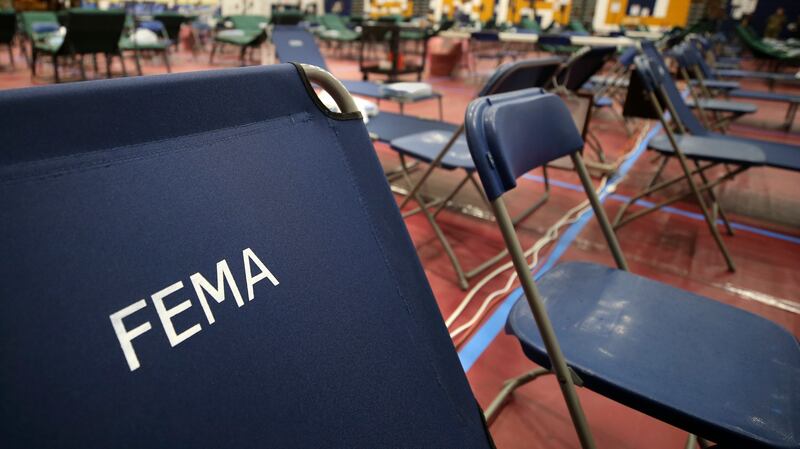Perhaps the onset of a deadly virus and the ensuing lockdown caught most households unawares. It should not, however, have surprised the U.S. government, which each year assesses global threats and prepares emergency protocols.
Pandemics pop up every few decades with some regularity. Smaller, but still deadly, outbreaks occur even more frequently. Consider the threats of SARS, the avian flu, the H1N1 swine flu, MERS, Ebola and Zika, all of which plagued the globe in the past 20 years.
The troubling aspect of the COVID-19 outbreak isn’t that it was unforeseen, but that the country was unprepared.
Blame for shortcomings in the U.S.’s reaction shouldn’t lie solely at the feet of President Donald Trump. Ineffective preparation spanned the Obama and Bush administrations, and likely can be traced further through iterations of Congress and Cabinet members.
We’re confident that with adequate testing and an effective vaccine, COVID-19 will fade in due time. We’re less confident the damage couldn’t have been mitigated by a faster and more coordinated response. And we’re wholly unsure the country will have learned its lesson when all is said and done.
Which begs the question posed in an essay for Politico on Friday: What other predictable catastrophe is the country unprepared to meet?
Listed first in the “Domestic Threat Assessment” — Politico Magazine’s recreation of the government’s annual “Worldwide Threat Assessment,” which the administration has yet to release this year — is the spread of white supremacy ideologies.
Of concern is how the terrorism of yesterday so quickly morphed into a hate-fueled global network supported by social media and dark corners of the internet. Within minutes, patches of homegrown terrorists across the globe can now organize. The threat is top of mind for national security experts.
Department of Homeland Security assistant secretary for threat prevention and security policy, Elizabeth Neumann, told a congressional committee earlier this year, “It feels like we are at the doorstep of another 9/11 — maybe not something that catastrophic in terms of the visual or the numbers — but that we can see it building, and we don’t quite know how to stop it.”
Those conditions could worsen if the country doesn’t get a handle on the spread of misinformation — another foreseeable crisis without a clear action plan. Deepfake videos — fabricated clips of people manipulated to say just about anything — have the potential to influence millions. When Twitter and Facebook have a hard enough time keeping campaign ads under control, how could they respond to large-scale attacks on trust and truth?
More tangible crises range from a 1 in 3 chance of an 8.0 magnitude earthquake hitting the Pacific Northwest in the next 50 years, to a massive infrastructure failure that leaves millions without electricity or clean water.
We’d rather not dwell on the myriad ways devastation can strike, but the reality is hazards lie in wait. Fortunately for the prepared, effective planning can allay some of the damage.
When the virus is in the rearview mirror, the country should demand answers of its leaders: Where did missteps occur? What should have been done differently? How can we manage the risk of a future crisis?
The same questions should be asked of yourself. Preparation begets confidence in the face of crisis. We hope this is an opportunity for all to think twice about what’s most important and to plan for that day we hope will never come.

